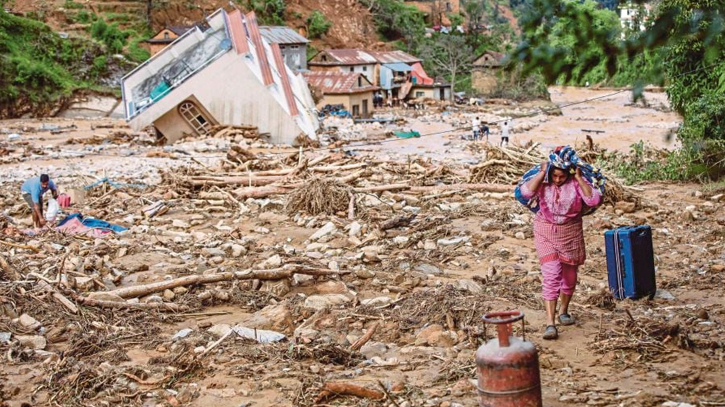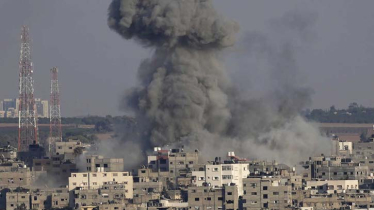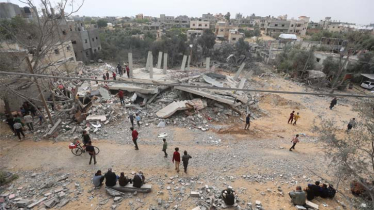
Photo : Collected
Mingma Rita Sherpa was not home when the muddy torrent roared into his village in Nepal without warning, but when he returned, he did not recognise his once beautiful settlement.
It took just moments for freezing floodwaters to engulf Thame in the foothills of Mount Everest, a disaster that climate change scientists say is an ominous sign of things to come in the Himalayan nation.
"There is no trace of our house... nothing is left," Sherpa said. "It took everything we owned."
Nepal is reeling from its worst flooding in decades after ferocious monsoon rains swelled rivers and inundated entire neighbourhoods in the capital Kathmandu, killing at least 236 people.
Last weekend's disaster was the latest of several disastrous floods to hit the country this year.
Thame was submerged in August by a glacial lake that burst high in the mountains above the small village, famous for its mountaineering residents.
It was once home to Tenzing Norgay Sherpa, the first person to climb the world's highest mountain Everest, along with New Zealander Edmund Hillary.
"We are afraid to return, there are still lakes above," Sherpa said.
"The fertile land is gone. It is hard to see a future there," he added, speaking from the capital Kathmandu, where he has moved.
A glacial lake outburst flood (GLOF) is the sudden release of water collected in former glacier beds.
These lakes are formed by the retreat of glaciers, with the warmer temperatures of human-caused climate change turbocharging the melting of the icy reservoirs.
Glacial lakes are often unstable because they are dammed by ice or loose debris.
Messenger/Disha








